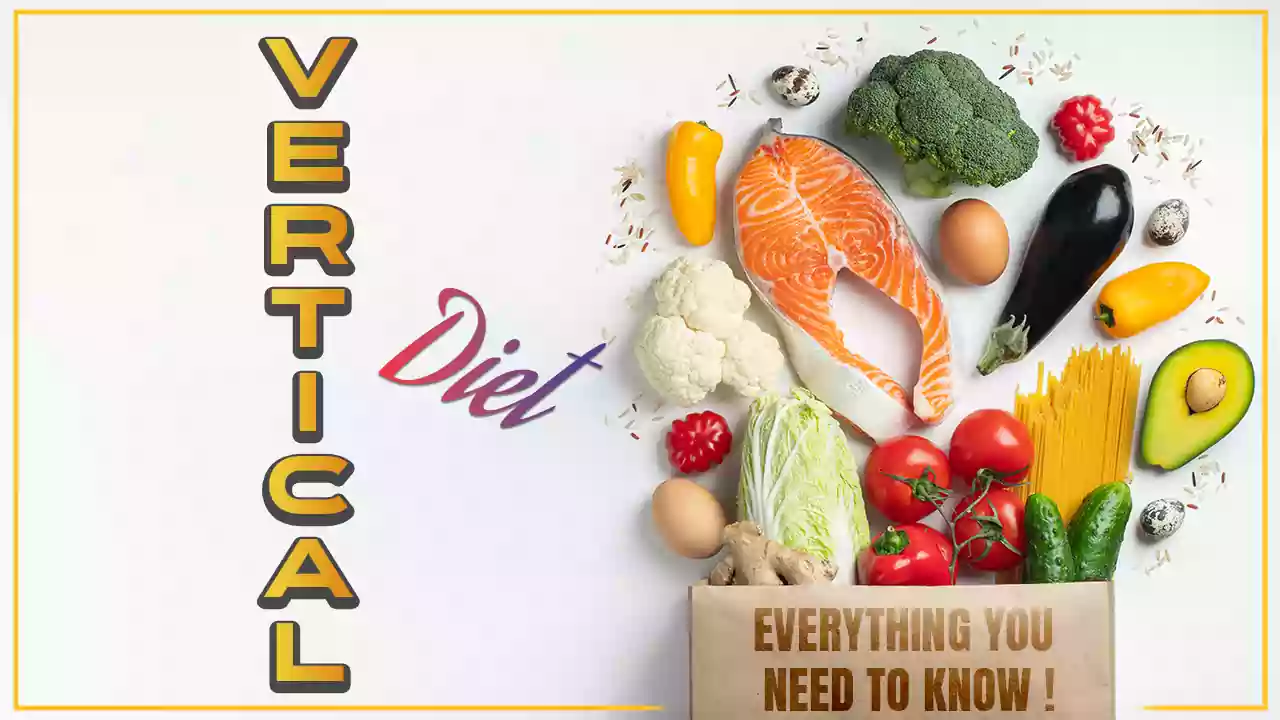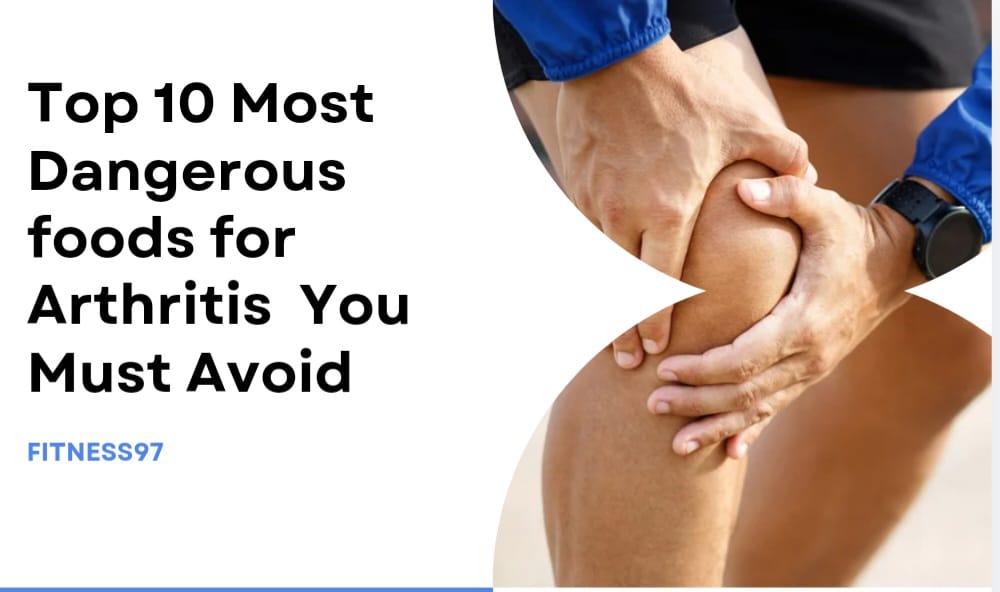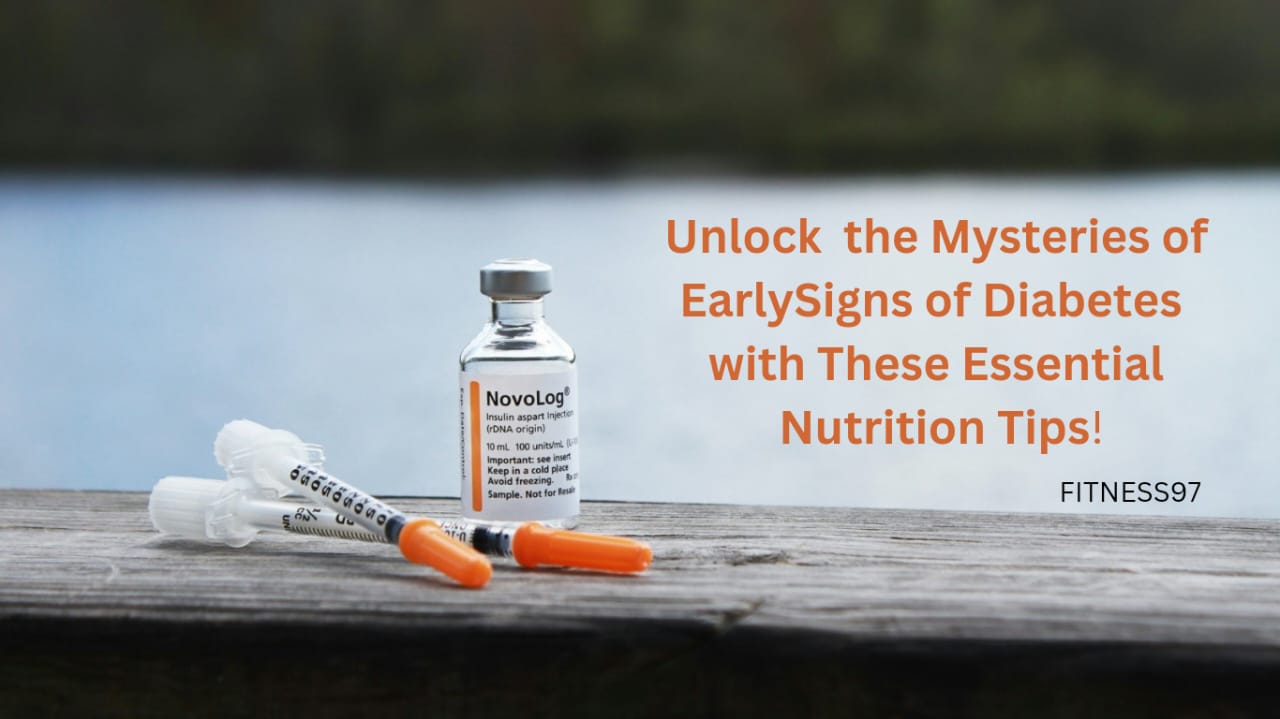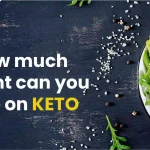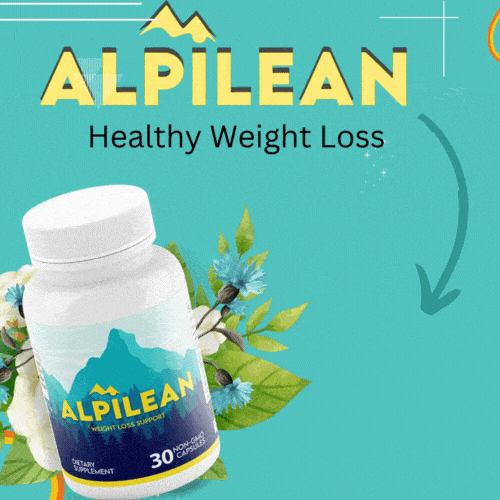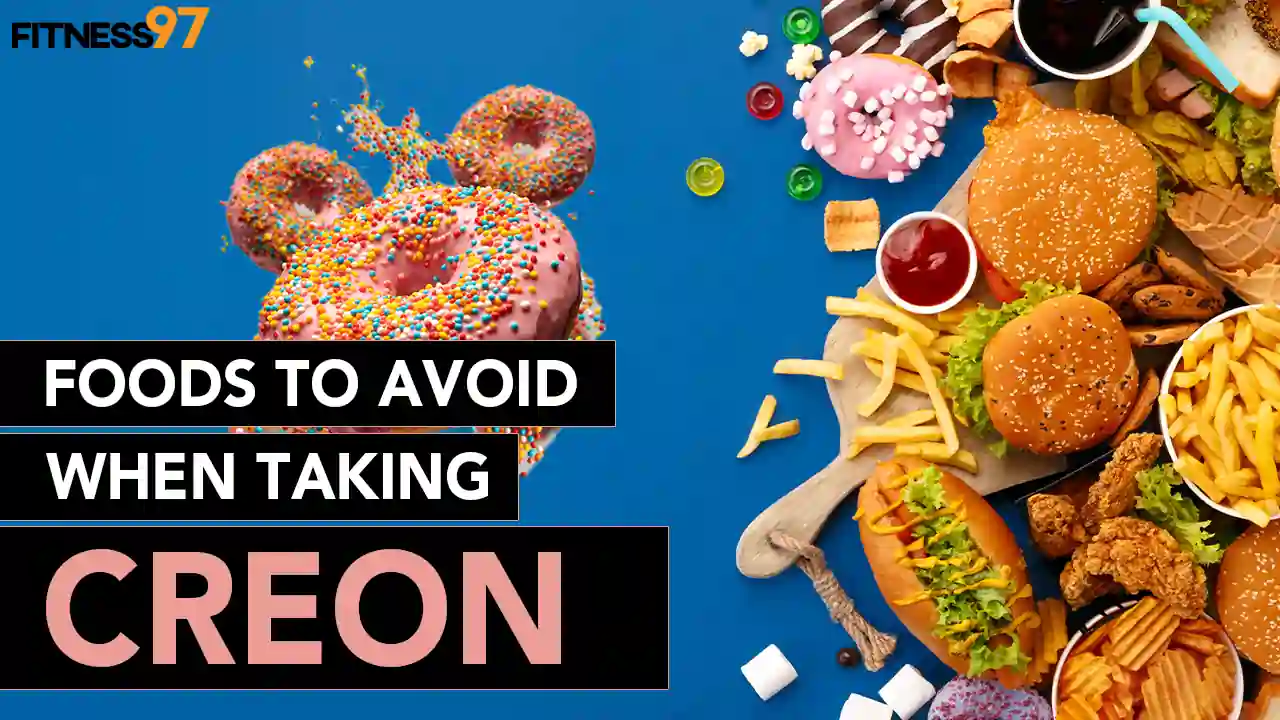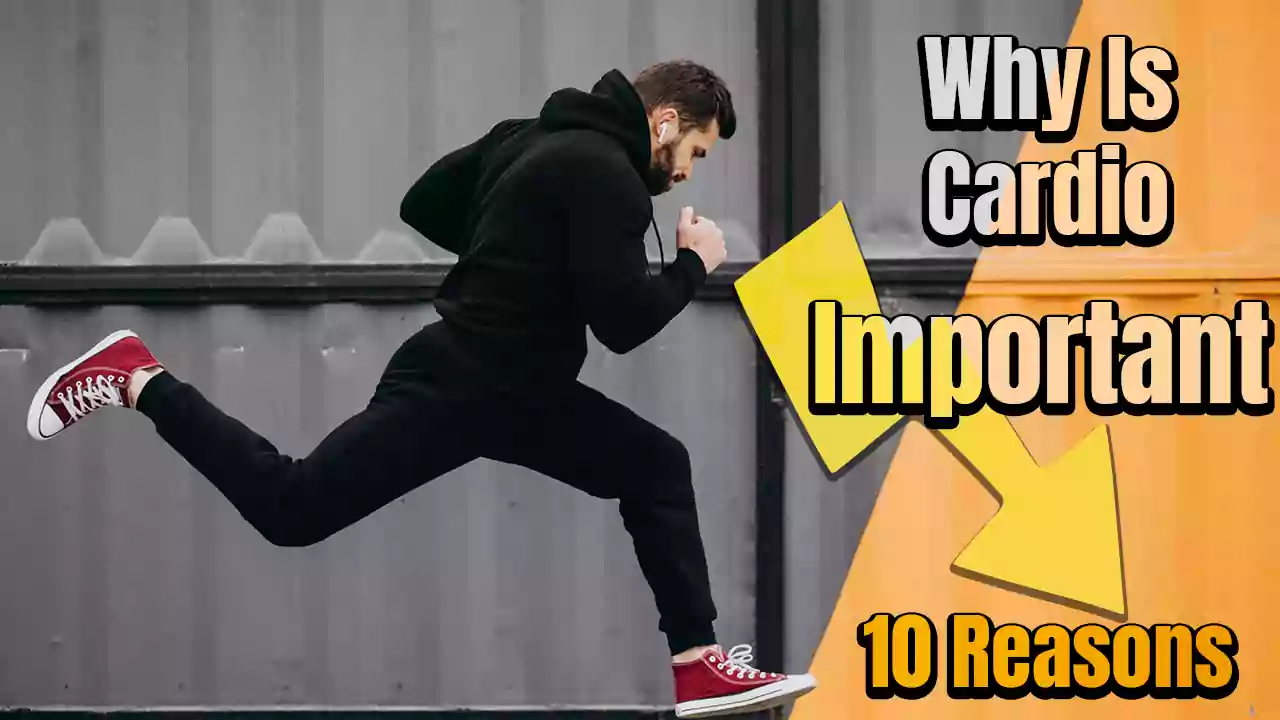If you look up the word diet on the internet, you’ll find every type of diet for every kind of body and fitness goal. A vertical diet is one of them, specially designed for bodybuilders and weightlifters for muscle mass growth. But its popularity has gained it some other followers as well, whose primary concern might not be to become a bodybuilder but to build extra muscles only. So what is this vertical diet? How is it beneficial? Are there any side-effects of it? And what does it suggest to eat and what to cut back on? Hang tight as we answer all of your queries in this article.

What is a vertical diet?
A vertical diet is a specially designed diet plan by professional bodybuilder Stan Efferding to help bodybuilders and athletes with extra muscles in a short span of time. A vertical diet focuses on consuming specific food groups in a large portion while nourishing your body with micronutrients side by side. The foods consumed during this diet are easy to digest and help people reach their athletic goals fast. However, due to its restrictive nature, it is not considered a sustainable diet.
How does a vertical diet work?
There is no scientific evidence on how a vertical diet works or even if it works or not, but the people’s experience. A logical explanation is that vertical diets allow you to only eat foods low in FODMAP (short-chain carbohydrates) which stands for Fermentable Oligo-Di, Mono-saccharides, And Polyols. Foods high in FODMAP cause digestive issues like bloating and indigestion. The foods allowed in vertical diets are low in FODMAP, and thus help ease digestion of protein-rich foods, which eventually help in muscle building.
What foods are vertical diet-friendly and what are not?
To reap the benefits of a vertical diet, you must follow the diet plan strictly in which you are only allowed to eat a certain type of foods and must avoid some food items.
| What to eat | What to avoid |
|---|---|
| White rice | Grains- bread, pasta, brown rice, white flour |
| Red meat (including beef, lamb, bison) | Legumes- peas, peanuts, beans, soy, unsoaked lentils |
| Fruits (oranges, cranberries or any other fruit) | Onions and garlic |
| Sweet potatoes | Vegetables (high in FODMAP-like cabbage, broccoli, cauliflower) |
| Vegetables (low in FODMAP- like carrots, zucchini, cucumber, spinach, eggplant) | Highly processed vegetable oils- corn oil, canola oil, soybean oil |
| Virgin oils (coconut oil, olive oil, avocado oil) | Coffee |
| Fish (Salmon) | Added sugar- like candies, soda, pastries, baked items |
| Eggs and dairy products like yogurt, cheese, whole milk | Sugar alcohols- sorbitol, erythritol |
| Hormone-free chicken, turkey | Beverages like alkalized water |
| Legumes and oats- soaked and fermented |
Pros and cons of a vertical diet
Let’s see what pros and cons a vertical diet offers.
Pros
- Might support muscle gain
- Might reduce digestive symptoms such as bloating
- Helps in weight loss
Cons
- Costly diet- expensive to follow
- Cause nutrient deficiency
- Low in fibers
- Low in prebiotics
- Monotonous, limited variety
Vertical diet is not for everyone!
While everyone wants to taste the success of certain diet plans, a vertical diet is not for everyone. It is found to be unfavorable and is not recommended for people who have any heart issues. Its high intake of red meat also makes it unfavorable for patients with colon cancer and a high intake of rice does not work very well with diabetic patients. Because rice has a high glycemic index, it can raise the blood sugar level very quickly, thus not suitable for the people trying to control their blood sugar levels.
While some theories might support the role of a vertical diet in weight loss, it really doesn’t work that way. Though cutting back on sugary products can let you lose a few pounds, it is not the ultimate solution to weight loss. Instead, a vertical diet is meant to increase muscle mass, so it supplies enough calories to the body that you might not feel any sort of weight loss.
Conclusion
A vertical diet is designed to work well with bodybuilders to build their muscle mass and improve athletic performance. While it offers a tempting amount of muscles, its restrictive nature can backfire, causing some serious nutrient deficiencies. Due to its monotonous nature, people find it hard to follow but the ones who are really committed and short on time for building extra muscle mass. If you don’t have such urges, there are other healthy options that can let you gain muscle mass without limiting the intake of certain food items, necessary for your body’s functioning.

I look up to fitness as a lifestyle and love to pen down about it. I have 2 years of experience in content writing and I am here to share my research and knowledge on health and fitness.

